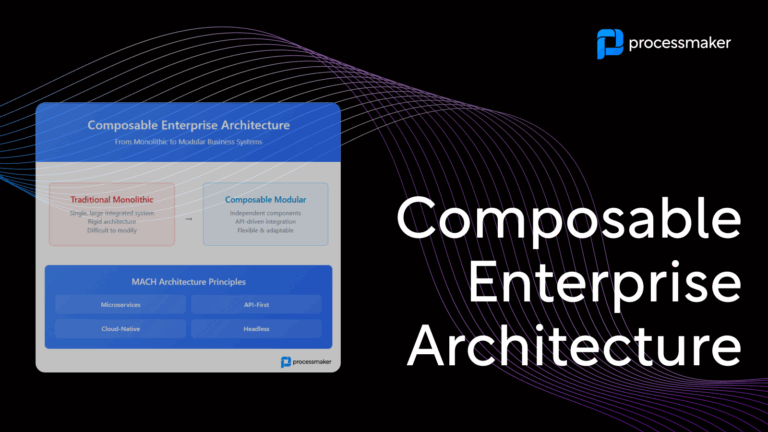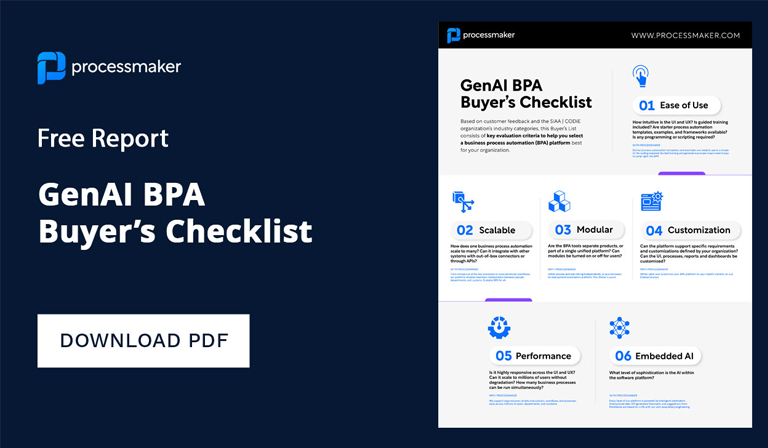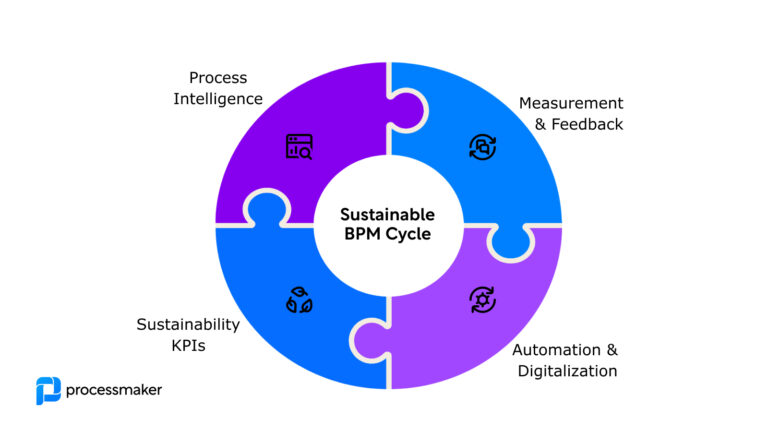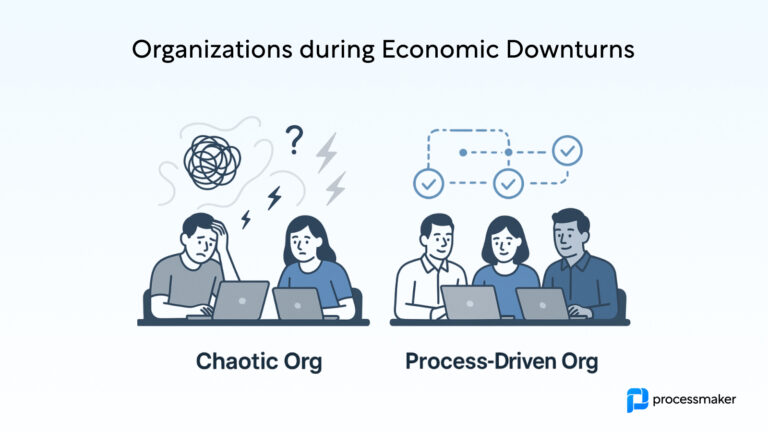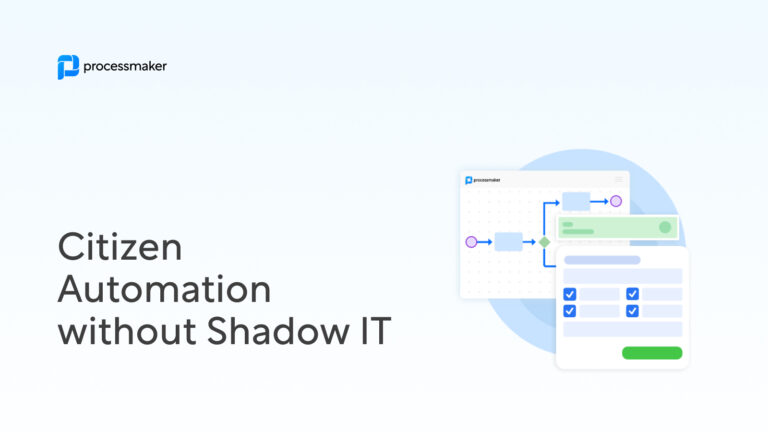In today’s rapidly evolving digital landscape, traditional monolithic business architectures are giving way to more flexible, adaptable systems. The composable enterprise represents a fundamental shift toward modular, API-driven process components that can be assembled, reassembled, and optimized to meet changing business demands.
Understanding the Composable Enterprise Revolution
The concept of composable enterprise architecture is gaining unprecedented traction across industries in the last few years. According to recent research, by 2025, financial companies adopting composable technology strategies are predicted to experience 30% higher revenue than their traditional-minded peers. This dramatic shift reflects a broader recognition that business agility depends on architectural flexibility.
Research from analyst Gartner shows that by 2024, 70% of large and mid-sized organisations will include composability in their approval process for new applications. This trend represents more than just a technological upgrade—it’s a strategic imperative for organizations seeking to thrive in an era of constant change. The driving forces behind this shift include:
Market volatility: Businesses must respond faster to economic uncertainty, supply chain disruptions, and changing customer behaviors.
Digital transformation acceleration: “Sixty-nine percent of corporate directors want to accelerate enterprise digital strategies and implementations to help deal with the ongoing disruption,” according to Gartner research.
API-first adoption: 74% of respondents are API first in 2024, up from 66% in 2023. This trend toward API-first development enables the modular architectures that make composable enterprises possible.
What Makes an Enterprise “Composable”?
Understanding the composable enterprise requires grasping its core characteristics. A composable enterprise is a lightweight entity, capable of quickly mapping technology solutions to ever-changing business requirements. The business is built on services that are acquired and leveraged from APIs provided by outside providers, or through a company’s internal data centers.
The fundamental principles of composable business include:
Modularity
Process components are designed as discrete, independent modules that can function autonomously while integrating seamlessly with other components. This mirrors the concept of microservices in software architecture, where microservices are small, modular applications that can be combined to form a larger system.
Autonomy
Each business process module operates independently, making decisions and executing tasks without requiring constant oversight from other systems. This autonomy enables faster response times and reduces system dependencies.
Orchestration
While modules operate independently, they must work together harmoniously. Orchestration ensures that different process components can communicate, share data, and coordinate activities effectively.
Discovery
Organizations need mechanisms to identify, catalog, and deploy new process components as business needs evolve. This requires robust process intelligence and discovery capabilities.
The MACH Architecture Advantage
The composable enterprise model aligns closely with MACH (Microservices, API-first, Cloud-native, Headless) architecture principles. Unlike traditional monolithic architectures, MACH separates each component of the customer experience into its own microservice that enables to use of full capabilities.
Microservices enable organizations to break down complex business processes into smaller, manageable services. Microservices is a cloud-native architectural pattern that structures an application as a collection of services that are organised around specific business or technical capabilities.
API-First approaches ensure that every business capability is accessible through standardized interfaces, enabling rapid integration and reducing technical debt.
Cloud-Native deployment provides the scalability and resilience needed for modern business operations while reducing infrastructure overhead.
Headless architecture decouples user interfaces from backend logic, allowing for flexible experience delivery across multiple channels and devices.

Building Modular Process Components: Best Practices
Creating effective modular process components requires careful planning and adherence to proven design principles:
Design for reusability. Process components should be designed with reusability in mind. This means creating generic, parameterized processes that can be configured for different use cases rather than building highly specific, one-off solutions.
Embrace API-first design. The API-first design philosophy involves treating APIs as first-class citizens in the software development process. APIs become the primary interface through which different software components communicate internally and externally.
Implement proper data governance. As process components become more modular and distributed, maintaining data consistency and security becomes critical. Organizations must establish clear data governance frameworks that ensure data integrity across all process modules.
Focus on user experience. Modular doesn’t mean fragmented. Process components should provide seamless user experiences, with consistent interfaces and intuitive workflows that hide the underlying complexity from end users.
Plan for scalability. Process components should be designed to scale independently. This means considering performance implications, resource requirements, and load distribution from the design phase.
Overcoming Implementation Challenges
While the benefits of composable process architecture are clear, implementation isn’t without challenges:
- Managing complexity
As you will be constantly looking to add on new functionalities and capabilities, there is increased complexity to contend with. Organizations must invest in proper governance frameworks and training to manage this complexity effectively.
- Cultural transformation
The first and most important consideration is the need for a shift in mindset. Previously businesses focused on designing processes around an ERP that was built to last. However, with a composable enterprise, the new systems are built for change which requires businesses to be comfortable with taking on a certain level of risk.
- Integration challenges
Two out of three companies lose opportunities (and money) due to poor interoperability among their applications. Success requires careful attention to integration architecture and API design.
- Skills development
Implementing composable architectures requires new skills across the organization. Teams need training in API design, microservices architecture, and modern integration patterns.
Industry Applications and Use Cases
Composable process architecture is being successfully implemented across various industries:
Financial services
Banks and financial institutions are using modular process components to rapidly deploy new financial products and comply with changing regulations while maintaining security and compliance standards.
Healthcare
Healthcare organizations leverage composable architectures to integrate disparate systems, streamline patient care processes, and adapt quickly to changing healthcare regulations and protocols.
Manufacturing
Manufacturers use modular process components to create flexible supply chain management systems that can adapt to changing supplier networks and market demands.
Government
Public sector organizations implement composable processes to improve citizen services while maintaining transparency and compliance with government regulations.
Getting Started with Composable Process Architecture
Organizations looking to begin their composable journey should consider the following steps:
1. Assessment and planning
Start by assessing current process architecture and identifying opportunities for modularization. A step-by-step approach, characterized by the gradual integration of composable architecture into an existing digital infrastructure, is often more suitable.
2. Pilot program development
Begin with a pilot program focusing on a specific business area or process. This allows organizations to learn and refine their approach before broader implementation.
3. Technology platform selection
Choose a BPA platform that supports composable architecture principles, with strong API capabilities, integration features, and modular design tools.
4. Skills development
Invest in training and development to ensure teams have the skills needed to design, implement, and maintain composable process architectures.
5. Governance framework creation
Establish governance frameworks that ensure consistency, security, and quality across all process components while enabling innovation and flexibility.
The Role of Business Process Management in Composable Architecture
Business process management (BPM) is a core component of digital transformation. It helps you to create repeatable, standardized processes that can be applied across multiple applications and platforms. This standardization is crucial for composable enterprises, as it ensures consistency while maintaining flexibility.
ProcessMaker’s approach to BPM enables organizations to:
- Design process components that can be reused across different business contexts
- Integrate with diverse systems through robust API frameworks
- Scale individual process components independently
- Maintain governance and compliance across distributed architectures
Future Trends in Composable Enterprise Architecture
AI-driven orchestration
In 2025, AI will be the engine behind orchestration, connecting processes with adaptive intelligence that continuously learns and optimizes. This evolution will make composable systems even more intelligent and self-managing.
Hyper-automation integration
Hyper-automation is a reflection of the next phase of automation, which integrates technologies like ML, AI, and RPA. These technologies enable us to automate from one end to another. Composable architectures provide the perfect foundation for implementing hyper-automation strategies.
Low-code/No-code expansion
Low-code platforms for workflow automation are gaining traction, with 24% of companies already implementing them and another 29% planning to adopt them soon. These platforms make composable architecture more accessible to business users.
Embracing the Modular Future
For organizations using platforms like ProcessMaker, the path to composable architecture is clearer than ever. With robust API-first designs, AI-powered automation capabilities, and comprehensive integration features, modern BPA platforms provide the foundation needed to build truly modular, flexible process ecosystems.
Organizations that embrace this modular future will find themselves better positioned to respond to market changes, integrate new technologies, and deliver superior customer experiences. The composable enterprise isn’t just a destination—it’s a continuous journey of adaptation, optimization, and innovation that will define business success in the years to come.
As we move through 2025 and beyond, the organizations that master the art of building modular process components will be the ones that not only survive disruption but thrive in the face of constant change. The composable enterprise is here, and the time to begin the transformation is now.
